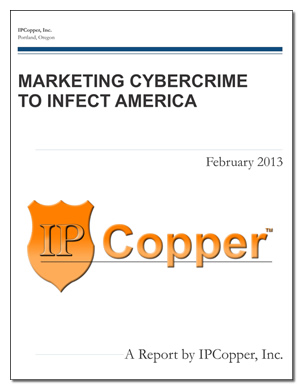Web Filtering with the IPCopper USC8032
Resources
With the USC8032 you may selectively filter packets out of the network data stream based on a number of parameters, including IP address source and destination, MAC address source and destination, protocol and more. Packets may even be blocked if they contain a specified keyword or signature in either the header or the payload. The blocked packets may be optionally recorded and marked as blocked as well. Packets may be blocked either in one direction or both, depending on how you set the parameters.
The easiest way to set up web filtering is to block the IP address of the website(s) you wish to filter out, both as a packetís source IP address and destination IP address. In this case communications from the filtered website would not be able to come into your network and communications from with your network to the filtered website would not be allowed out (the USC8032 would not pass any packets matching those IP address parameters in either direction).
Step 1. Identify the IP addresses of the internet locations to be filtered / blocked.
Step 2. Create virtual data bucket(s), either one bucket for all websites and other internet locations to be blocked or individual buckets for each IP address.
Step 3. Create rules to identify each IP address, entering the IP address both as the source IP address and destination IP address, and associate the rule(s) with the bucket(s).
Step 4. If you wish to retain a record of the filtered packets, enabled packet recording on the bucket.
In addition to filtering web traffic, the bucket and rule structure makes it possible to review the packet filtering activity, either in aggregate (if only one bucket is used for all IP address rules) or individually for each internet location.
To visualize the packet blocking activity in graphical form, use the USC8032ís XML Workspace to graph the bucket(s) designated for web filtering. You may create these graphs either using static historical data or graphically track the activity in real time and superimpose multiple graphs for easy comparison.
Optionally, the web filtering parameters may be run on a daily and/or weekly schedule, allowing for specified web locations to be blocked at certain times, but accessible at others. Web filtering could be further refined by selectively blocking access; for example, you could choose to block access to a website for the whole network, with the exception of a computer located in the breakroom.
Questions? Please feel free to contact us for more information about the USC8032.

